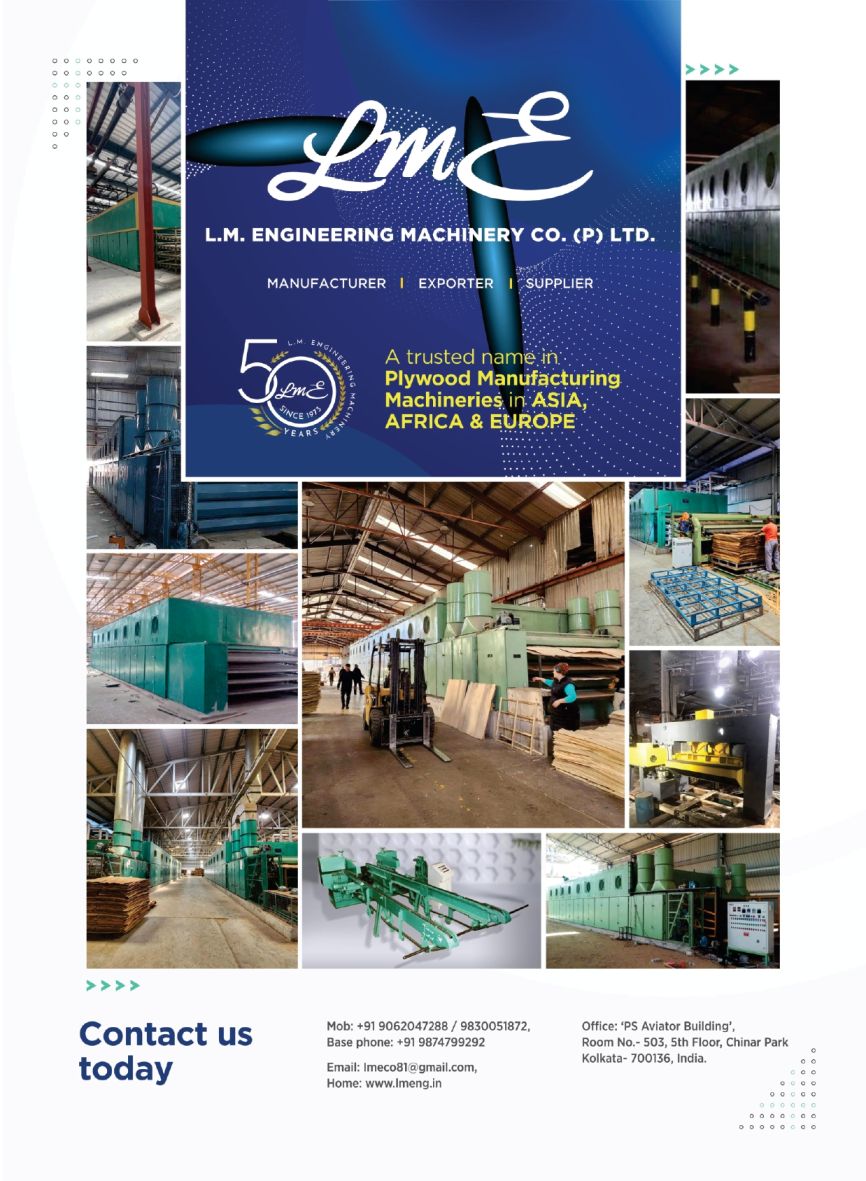
Glue Spreader’ a Critical Equipment in Plywood Manufacturing – One of the ignored machines
- October 7, 2024
- 0
The BIS QCO is coming soon… And we all know very well that standardization in each equipment, machinery, process, raw materials, and most importantly – quality mindset within owners, staff & workers, shall be the only way to maintain product quality & consistency in the plywood & panel industry sector too, just as any other manufacturing sector.
In this scenario, one of the critical aspects that is most often ignored (better to say neglected), is the GLUE SPREADER – its quality & consistency.
It is a very strange fact that the…underlined defects, caused by a faulty/cheap glue spreader
- Glue losses
- Product defects
- Loss of productivity
…is neither attended to properly,
…nor considered as a part of losses/costing
by most of the “smart” owners of factories, who are otherwise “smart” enough to bargain with any living organism in the known worlds, except probably with the Creator.
The average recommended glue (resin + extender) spread on core veneer, for standard quality plywood product is 300 to 330 GSM at 50(±1)% solids content in the resin. Which can be expressed as roughly 29(±1.5) grams per square feet (GSF). Considering 29(±5) % as the approved variation allowed in a glue spreader operation, the range of glue spreading should be precisely maintained between 27.5 & 30.5 GSF.

‘Modern’ plywood making in India, has mostly shifted to the original method of compaction (cold-press/pre-press) and hot-pressing processes. This requires that the glue is filled & extended well with appropriate extenders – most importantly the all-purpose flour (maida). Maida is used up to 40% by weight proportion of resin, depending on various manufacturing floor conditions (though there are methods to bring down maida consumption to 10-12% in the cold-press process too).
This in turn, requires that the glue spreader quality, consistency, and roller efficiency in maintaining the precise glue-spread (29±1.5 grams) for Indian wood veneers, is ensured at the highest priority (assuming core veneer thickness and drying are optimized and uniform).
I have experienced that most cold-press process factories exceed their target glue spread of 30 grams, by up to 34 grams on an average at the end of each operational day. This is a whopping 13% increase in glue consumption, more than the target.
Meaning, a factory that should be using around 5.9kg of glue for 6 glue lines, will be consuming 6.6kg glue, for the same 8x4x18mm 13-ply sheet. Many factory owners may deny this fact, but in reality, this is the floor-story in most factories. At 0.7kg per finished board, a factory making 1,000 sheets of 8x4x18mm, may actually be losing 700kg of glue per operational day. This is not an exaggeration. Primary reason: cheaply bargained, faulty, low efficiency glue spreaders.

Losses: 17,500 per day (at 25/- net glue cost), 4.37 Lacs a month, 52.5 Lacs a year. Believe it or not.
This kind of reality-check will help you to choose between a 5,000$ 8 feet glue spreader and a 12,000$ 8 feet glue spreader, or a 15,000$ pneumatic against a 25,000$ pneumatic.
Choice is yours – my dear factory owner friends. The glue spreader alone, can provide you the lifeline to overcome lot of losses & retain margins, if attended to with a disciplined &focused mindset.
Get back to the floor and check your realities. Things may change for good, for yourself.
Work on each section of your factory in a similar manner. Keep auditing your floor realities on a daily basis. Maintain an internal quality auditor whose job is hourly reporting of realities. Things shall change for good. Small or large – all factories need continuous, consistent, unbiased, floor-realities auditing on an hourly basis.
Let’s make Indian plywood world class, together. Jai Hind!
👇 Please Note 👇
Thank you for reading our article!
If you don’t received industries updates, News & our daily articles
please Whatsapp your Wapp No. or V Card on 8278298592, your number will be added in our broadcasting list.

































































